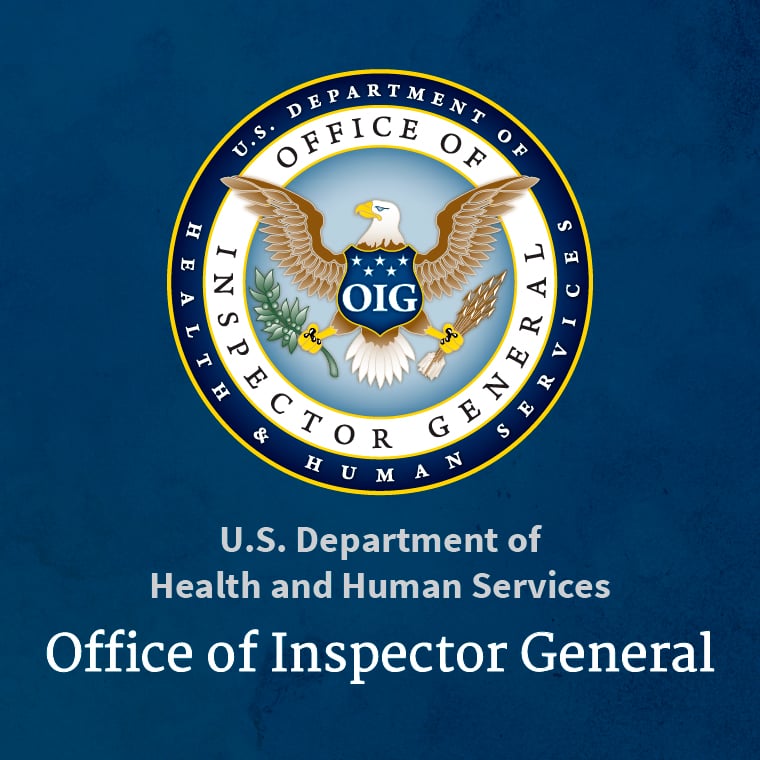- Joined
- Jul 12, 2004
- Messages
- 5,672
- Reaction score
- 5,439
For a young patient with normal vitals and a complaint of abdominal pain going to a busy ER I don't know that I would consider 6.5 hour wait unreasonable. Is it long--yes. Is it a bummer for the patient--yes. Is it ideal--no. But is this probably the norm at many hospitals in the country right now? Does the OIG think anybody with verbalized "10 out of 10" pain needs to come back immediately? A very large number of ER patients describe their pain as "10 out of 10" when asked at triage which then gets faithfully documented (even people with stubbed toes, tension headaches, superficial lacerations, etc.)
Again I am aware that YOU personally do not necessarily agree with the decisions of CMS and the OIG in these cases, but I'm just trying to understand by asking you an EMTALA expert what are the realistic solutions to these potential EMTALA pitfalls.
I'm just guessing...but I don't think the OIG really cares about the ultimate reality of implementing emergency medicine. Basically if I were the OIG and you were defending this case, I would look at you and say "i think it's unreasonable for this patient to wait 6 hours for an MSE." And you would say all those things above and I would say "I'm sorry, you violated the law." And fine you. As the OIG I don't really care about your hospital's troubles getting nursing staff, or whether you have available space, or whether people called out sick that day, or whether over the past few years other regional ER's have closed which has massively increased your volume, or whether you have efficient hospital processes for drawing blood, or anything of the sort. I don't think the OIG would have cited the hospital if the MSE started 15 minutes after arrival. 6 hours is a long time.
You might respond and say "every single ER in the nation commits an EMTALA violation every single day on multiple patients" and I would say "as the OIG I investigate every single EMTALA claim". I would have a straight face and you would be pissed off and that's it.
Now...in reality...what I would suggest is that your hospital ER come up with a policy to START an MSE on everyone fairly quickly of arriving to the ER. If that guy with the ruptured appy was seen by a doc or PA within 30-45 minutes of arriving and had labs and a CT ordered, and was put back in the waiting room, then it probably wouldn't be an EMTALA violation. Maybe his entire workup is completed while in the waiting room. That I don't think is an EMTALA violation. But it sounds like the dude just sat there for 6 hours in severe pain. I'm not surprised by the result of that investigation.
EDIT: Roybash I'm not trying to give you a hard time. But this is how I imagine the conversation going.


